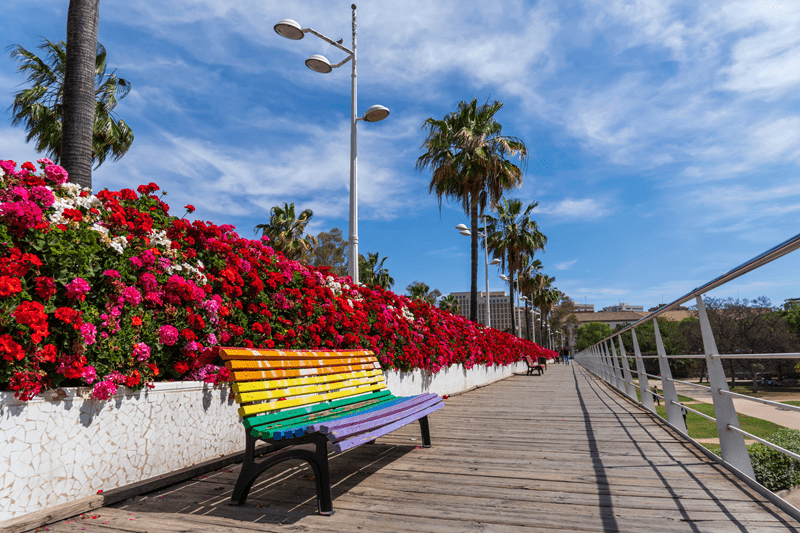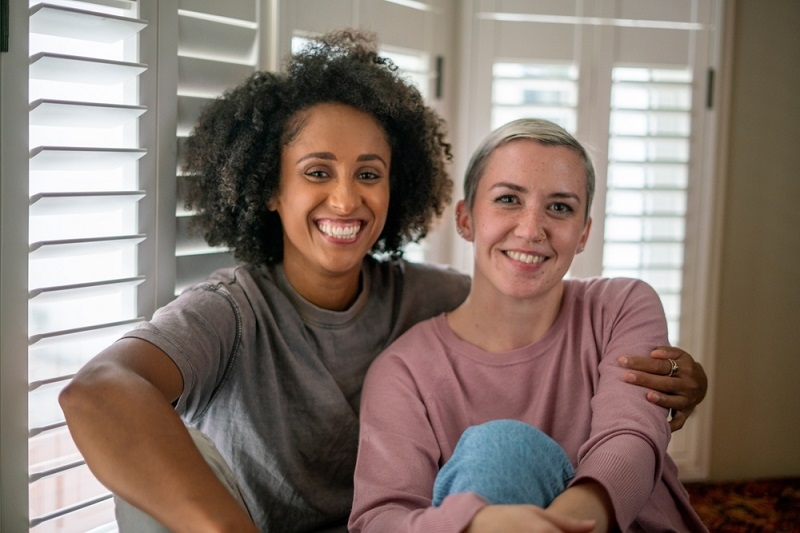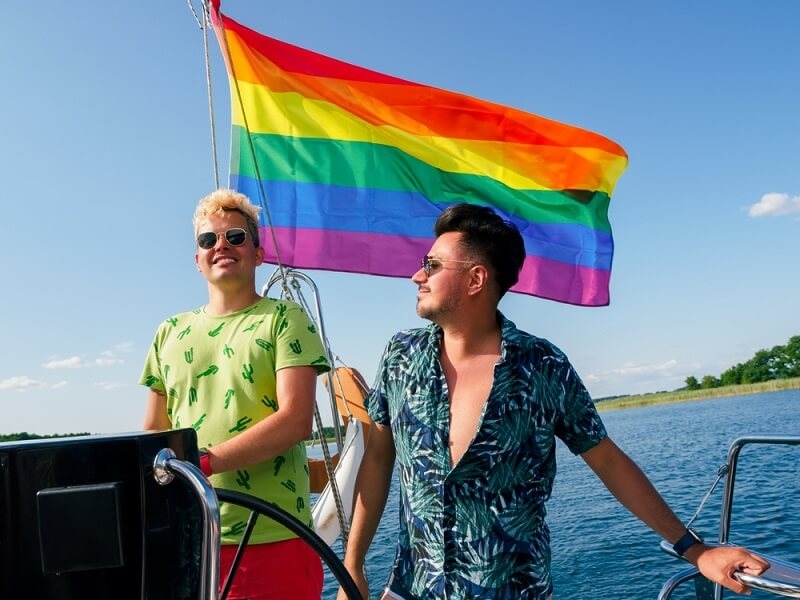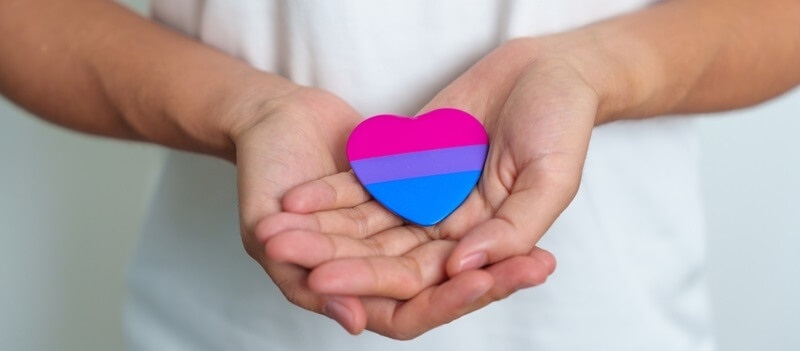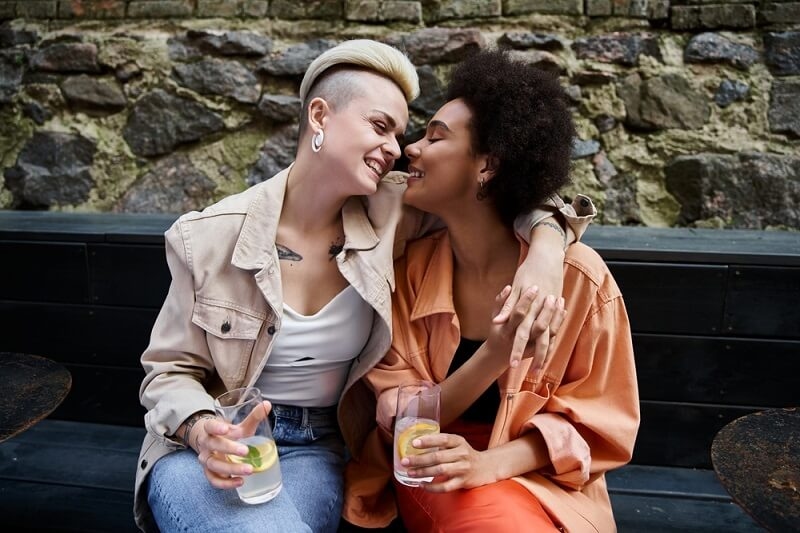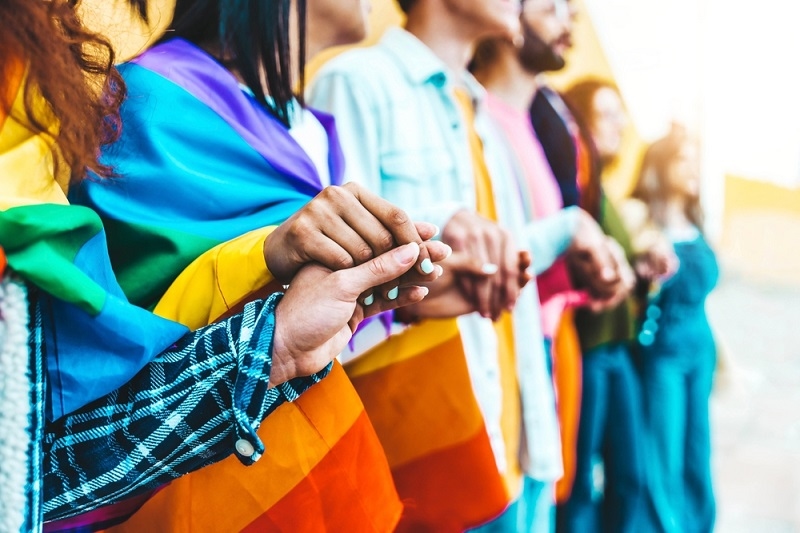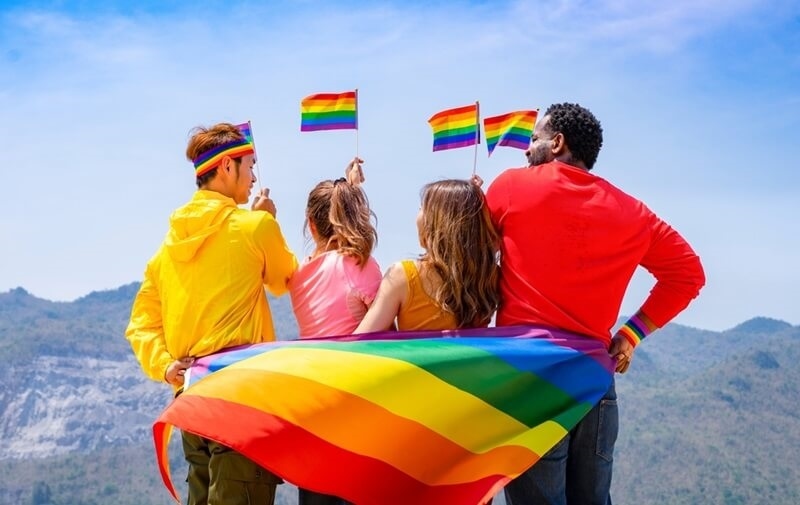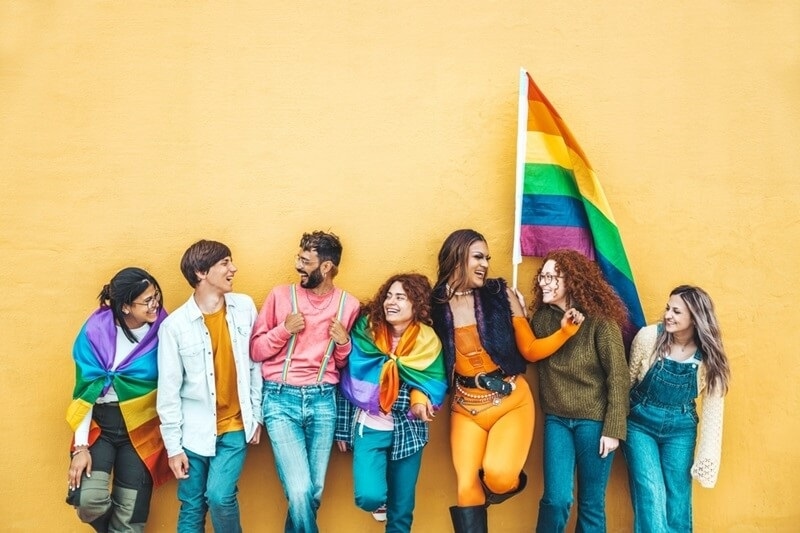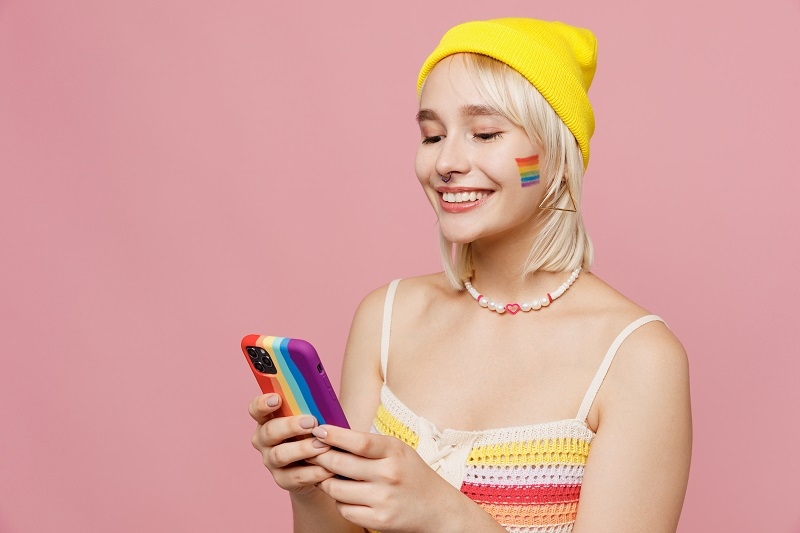Gay Male Body Image Issues: Things You Need To Know

In the heart of the gay community lies a pervasive struggle that often goes unnoticed by the broader society: the battle with body image. This issue transcends mere vanity or superficial concerns, touching the very core of individuals' self-esteem and sense of belonging.
The relentless pursuit of an idealized physique is not just a quest for physical attractiveness but a deeper cry for acceptance within a society that has long marginalized and discriminated against LGBTQ+ individuals. Recognizing the profound impact of societal standards and discrimination on one's self-image is the first step toward addressing this complex issue.
The Quest for Acceptance Through Physical Perfection
For many gay men, the pressure to conform to an idealized body type is overwhelming. This pressure is not born out of vanity but from a deep-seated desire for acceptance and belonging. The societal portrayal of masculinity, often epitomized by muscular and lean physiques, has set a benchmark that many feel compelled to meet.
The psychological and societal factors fueling this relentless pursuit of "perfection" are multifaceted, ranging from media representation to peer pressure within the gay community itself. This quest is often a silent struggle, masking deep-rooted insecurities and a longing to be accepted for who they are, beyond their physical appearance.
Societal Influences and Psychological Underpinnings
The intersection of societal expectations and personal psychological factors plays a significant role in the development of body image issues among gay men. Discrimination, bullying, and trauma are potent forces that can deepen feelings of inadequacy and self-rejection. These experiences, coupled with the constant bombardment of idealized images of male beauty, create a toxic environment where one's worth is mistakenly tied to their ability to adhere to these unrealistic standards.
The impact of these societal pressures is compounded by personal psychological factors, including family dynamics, personal experiences, and inherent vulnerabilities, leading to a complex web of body image struggles.
Moving Beyond Labels to Self-Acceptance
Labeling body image issues as mere illnesses oversimplifies the problem and overlooks the need for a holistic approach to healing. It is crucial to foster self-acceptance and support within the community to challenge and redefine narrow beauty ideals. Creating inclusive spaces that promote body positivity and self-love is essential in this journey. These spaces not only serve as sanctuaries of acceptance but also as platforms for dialogue and understanding, helping individuals to see beyond societal definitions of beauty and worth.
Common Struggles with Body Image in the Gay Community

The body image challenges faced by gay men are diverse and complex. The constant pressure to "upgrade" one's appearance and the toxic cycle of comparison and self-doubt are pervasive issues. These struggles are not isolated incidents but are reflective of a broader societal problem that values physical appearance over individual worth. Additionally, these challenges are often compounded by internalized homophobia, further complicating the journey towards self-acceptance and body positivity.
The pursuit of external validation, driven by these narrow standards, can have detrimental effects on one's mental health and overall well-being. Recognizing and addressing these challenges is a critical step toward fostering a more accepting and supportive community.
The Importance of Finding Belonging Beyond Appearances
In a world where appearances often dictate the quality of social interactions, the importance of fostering communities that value individuals for their essence rather than their exterior cannot be overstated. For gay men, who navigate the additional complexities of societal expectations and identity, finding spaces where they are appreciated for their authentic selves is crucial.
Advocating for the development of platforms and spaces that prioritize body positivity and genuine self-expression is not just beneficial but necessary. These environments not only serve as havens from the relentless pressure to conform to unrealistic beauty standards but also as breeding grounds for self-acceptance and mutual respect. Moreover, such inclusive spaces can offer crucial support for those navigating gender dysphoria, fostering a deeper understanding and acceptance of diverse identities.
Recognizing and Addressing Unhealthy Coping Mechanisms
The journey toward self-acceptance is often marred by the adoption of unhealthy coping mechanisms. Obsessive grooming, extreme dieting, and over-exercising are but a few behaviors gay men might engage in as a response to emotional distress related to body image. These practices, while offering temporary relief or a semblance of control, can exacerbate feelings of inadequacy and detachment from ones body.
Recognizing these behaviors as harmful coping strategies is the first step toward healing. Encouraging introspection and the pursuit of healthier coping mechanismssuch as mindfulness, seeking emotional support, and engaging in activities that promote mental and physical well-beingcan pave the way for a more balanced and self-compassionate life.
Embracing Self-Love and Rejecting Perfectionism
The societal construct of beauty, with its narrow and often unattainable standards, has long dictated the way individuals perceive themselves and others. Proposing a redefinition of beauty that celebrates diversity, individuality, and the unique attributes each person brings to the table is essential.
Encouraging gay men to embrace their distinctiveness and reject the notion of perfectionism can lead to a more fulfilling and authentic existence. Practical advice for overcoming negative self-talk such as challenging destructive thoughts, practicing gratitude for ones body and its capabilities, and engaging in positive affirmationscan foster a kinder, more compassionate relationship with oneself.
You may also like: Gay Men's Health: Key Concerns, Solutions & Well-being Tips
Conclusion
The path to body acceptance and self-love is a collective journey, one that requires challenging restrictive beauty standards and advocating for a broader definition of worth. This endeavor is not solely the responsibility of those struggling with body image issues but a societal imperative that demands a shift in perception and values. Cultivating supportive relationships and communities plays a pivotal role in this process, offering a foundation of understanding, acceptance, and resilience.
By coming together to celebrate diversity and promote inclusivity, we can create a world where every individual feels valued, not for their appearance, but for the depth of their character and the richness of their contributions. This message of hope and resilience is a beacon for anyone navigating the complexities of body image and self-acceptance, reminding us that true belonging and self-worth are found beyond the surface.
This content was created by AI






